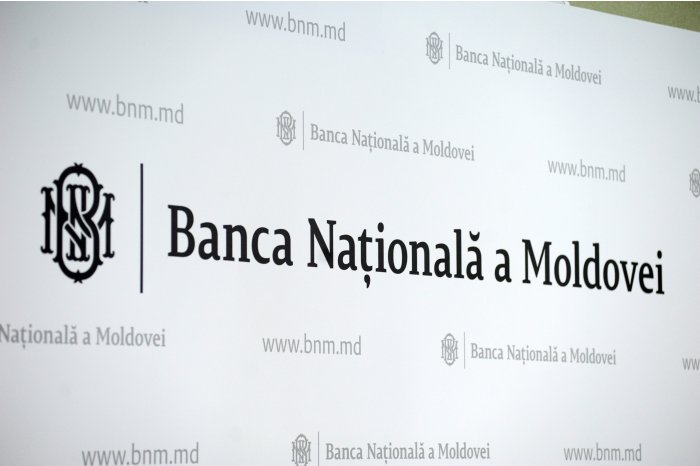4 June 1991. National Bank is set up, a fundamental instrument for Moldova's economic development
17:17 | 03.06.2021 Category:
The decree by Moldova’s President Mircea Snegur, On the National Bank of the Republic of Moldova (BNM), was issued on 4 June 1991 and Leonid Talmaci was appointed as BNM president.
The official definition in that document describes the National Bank of Moldova as autonomous legal entity, responsible to the parliament of Moldova. The fundamental goal of the National Bank of Moldova was to ensure and maintain the stability of prices.
BNM was created when the Soviet planned economy was in a process of disintegration and the market economy elements were in embryonic state. Obviously, as long as the country did not have its own national currency, it was difficult to ensure a stability of prices. The issuance of money was made in Moscow and BNM did not have the instruments necessary for intervention. And the transition coupons, issued in an approximate way, could not represent a leverage for the promotion of the independent monetary and financial policy.
The crucial moment for BNM was the introduction of the national currency – the Moldovan leu – on 29 November 1993. The implementation of measures prepared by BNM in advance allowed implementing an efficient monetary and credit policy. The galloping inflation, which marked the 1990s, ended.
The adoption of law on the National Bank of Moldova and the law on financial institutions, approved by the parliament in 1995, consolidated BNM’s independence in the exercising of its duties, and the Bank was responsible only to the parliament. The second law was aimed at creating a strong and competitive financial sector, not allowing the excessive risk in this system and protecting the depositors’ interests.
Unfortunately, the politicians committed a mistake when they accepted the payments in Russian roubles within the Commonwealth of Independent States (CIS). An unexplained crisis, or according to some experts, a deliberate one, devaluated the currency of Russia by several times just in a night of the 1998 year. All countries which have not yet received their money for the goods exported suffered terribly. The Moldovan leu also had an unprecedented drop and the prices for consumer goods sharply increased. This was a strong blow, which hit the economy and finances of Moldova for many years ahead.
The National Bank reacted immediately, through giving up the practice of establishing the official exchange rate of the national currency against the U.S. dollar at the Currency Exchange and started determining it as simple arithmetic average of the weighted averages of the exchange rates of the sale and purchasing of the U.S. dollar against Moldovan lei on the inter- and intra-banking market. This fact allowed decentralizing the domestic currency market in accordance with the practices of the developed countries.
In July 2004, the system of deposits’ guaranteeing was founded, through the launch of the activity of the guarantee fund of deposits in the banking system. This fund has a legal, operational, financial and administrative independence. All banks licenced by the National Bank of Moldova compulsorily participate in the deposits’ guaranteeing system.
BNM constantly aligned with the best international practices. In 2006, the National Bank of Moldova implemented a new Automated Interbank Payment System (AIPS). A new modern payments system appeared in Moldova, which created important premises for providing highly qualitative payment services and facilitating the carrying out of non-cash payments.
The adoption of the law on the payment services and the electronic currency No 114 from 18 May 2012 came next.
In 2013, the National Bank of Moldova switched to the direct inflation targeting. This marked a new stage in BNM’s development and changed the ranking of the fundamental objectives.
Beyond certain more complicated stages in the history of the Moldovan banking system, the National Bank of Moldova has been an extremely important pillar of the young state Republic of Moldova since the moment of its foundation on 4 June 1991 till present. The processes of denationalization and privatization, the switch to the national currency, the appearance of the free competition, stopping of the inflation and increase in prices, the policy of crediting economic agents, diversification of sales markets, adoption of the European standards in the field – all these processes took place with the most active and professional participation of the National Bank of Moldova, which marks its 30th anniversary on 4 June 2021.
Chişinău, 3 June /MOLDPRES/.

